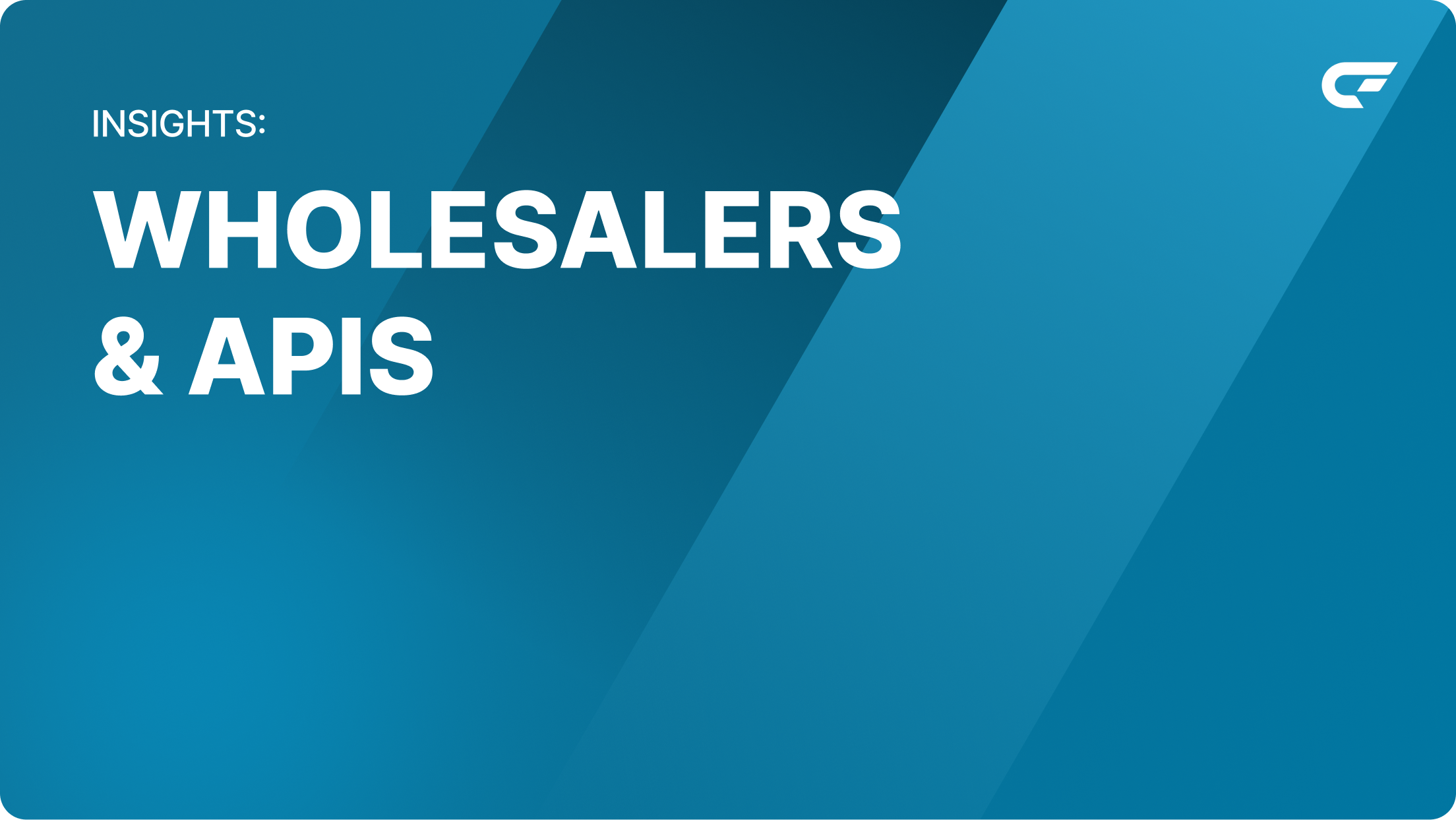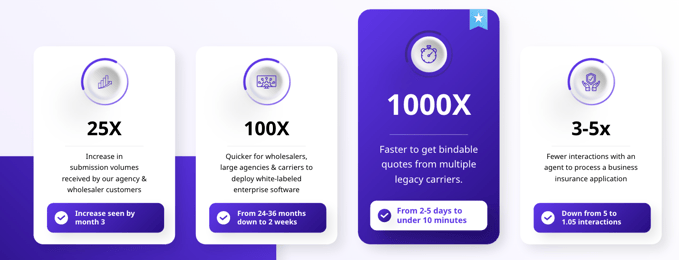In commercial insurance, technology has long been the barrier and the bottleneck. Legacy systems, siloed workflows, and half-connected solutions made it difficult for underwriters to underwrite, IT to innovate, and distribution partners to actually distribute.
But that’s changing — fast.
We’re entering the era of enablement.
From broker to wholesaler to carrier, the winners in 2025 won’t be those who build the most portals — they’ll be the ones who free their teams from them. The next generation of insurance platforms isn't about adding another screen — it’s about removing the friction between quoting, binding, and scaling.
What’s Driving the Shift?
1. API Quote Volume Is Surging
Carriers are seeing significant increases in quote volume through API-enabled partners. That’s because submission velocity is no longer limited by how fast a producer can toggle through portals — it's tied to how well workflows are orchestrated.
As more business flows through these automated pipelines, underwriters are engaging only where they’re most needed: edge-case risk selection, program creativity, and judgment calls. For everything else? Let the system handle it.
“The idea of API quotes being ‘small ball’ is no longer true. The average API-placed premium has jumped. It’s not just for $500 BOPs anymore.”
2. The Role of IT Is Evolving
IT teams have historically been tasked with stitching together disjointed technologies: AMS → Portal → CRM → Carrier → Custom Workflow Tools.
But with the rise of modern, API-first platforms like CoverForce, IT teams are shifting from building the bridge to owning the architecture. That means:
- Fewer vendor maintenance cycles
- Cleaner data schemas
- Easier integrations
- Greater scalability
Modern infrastructure frees IT to focus on high-leverage work: security, data intelligence, and platform extensibility — instead of troubleshooting another .CSV export.
3. Underwriters Are Freed Up for Strategic Work
When quoting is truly digitized — meaning clean submissions, de-duplicated data, and bindable logic — underwriters stop being human portals. They become decision-makers again.
Instead of chasing clarifications, parsing PDF supplements, or triaging inboxes, they’re spending more time:
- Analyzing pricing trends
- Collaborating on appetite expansion
- Supporting complex risks and program strategy
This shift turns underwriting teams into growth partners — not workflow chokepoints.
Why It Matters for Distribution
Distribution isn’t just sales. It’s the ability to get the right product to the right buyer at the right time — at scale.
When underwriting, IT, and distribution teams are all playing from the same stack, something magical happens:
- Product velocity increases
- More business flows through trusted channels
- Better data fuels appetite and pricing decisions
The takeaway? The best distributors in insurance aren’t just those with the biggest rolodex — they’re the ones with the least friction between submission and bind.
Closing Thought: Legacy Systems Aren’t the Enemy — Siloed Thinking Is
It’s not just about adopting new software. It’s about rethinking how your teams collaborate, how workflows are automated, and how data flows across your organization.
At CoverForce, we work with underwriters, IT leaders, and distribution heads every day — and the message is clear: the teams who modernize their infrastructure now are the ones who will outpace the market later.














